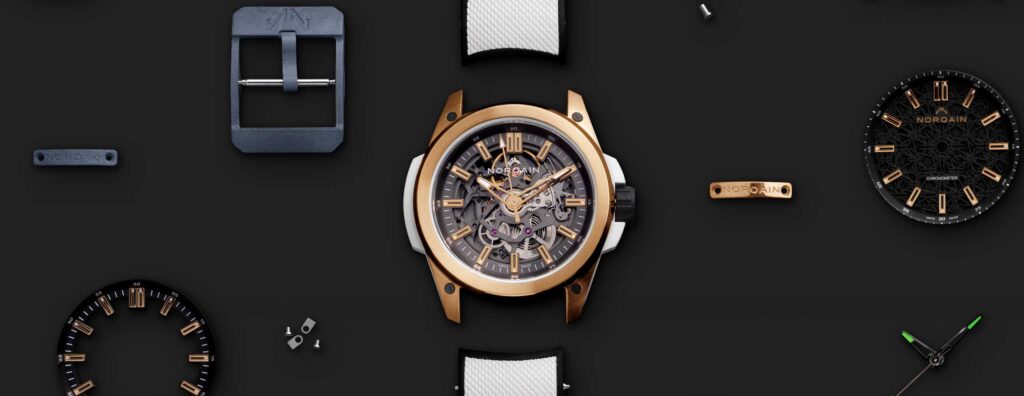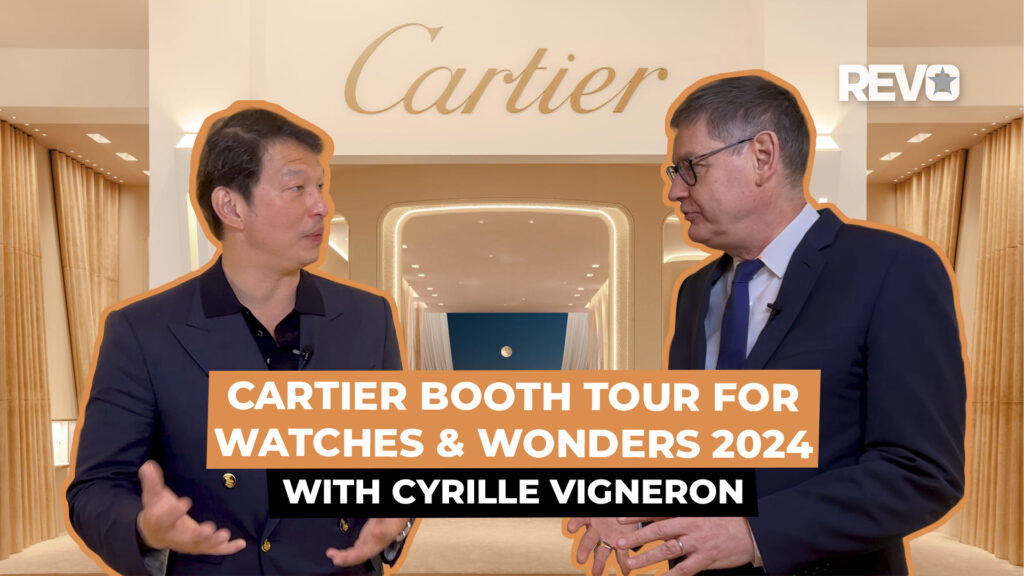Kudoke
Trailblazers: German Independent Watchmakers
Kudoke
Trailblazers: German Independent Watchmakers
Your first visit to a German independent watchmaker is likely to be challenging. The car GPS might place you in proximity but not exactly at their atelier, which in my case led to mistakenly knocking on their neighbors’ door. Unlike their Swiss counterparts, German independents tend to reside in smaller villages, sometimes far from the city and, most of the time, the house they live in is their atelier. You will not only meet the watchmaker, but also his family, who play an integral role in the family-owned business. Of the many I have met, I find them to be humble, very conscious of the value they are offering and uncompromising in their work.
Jochen Benzinger
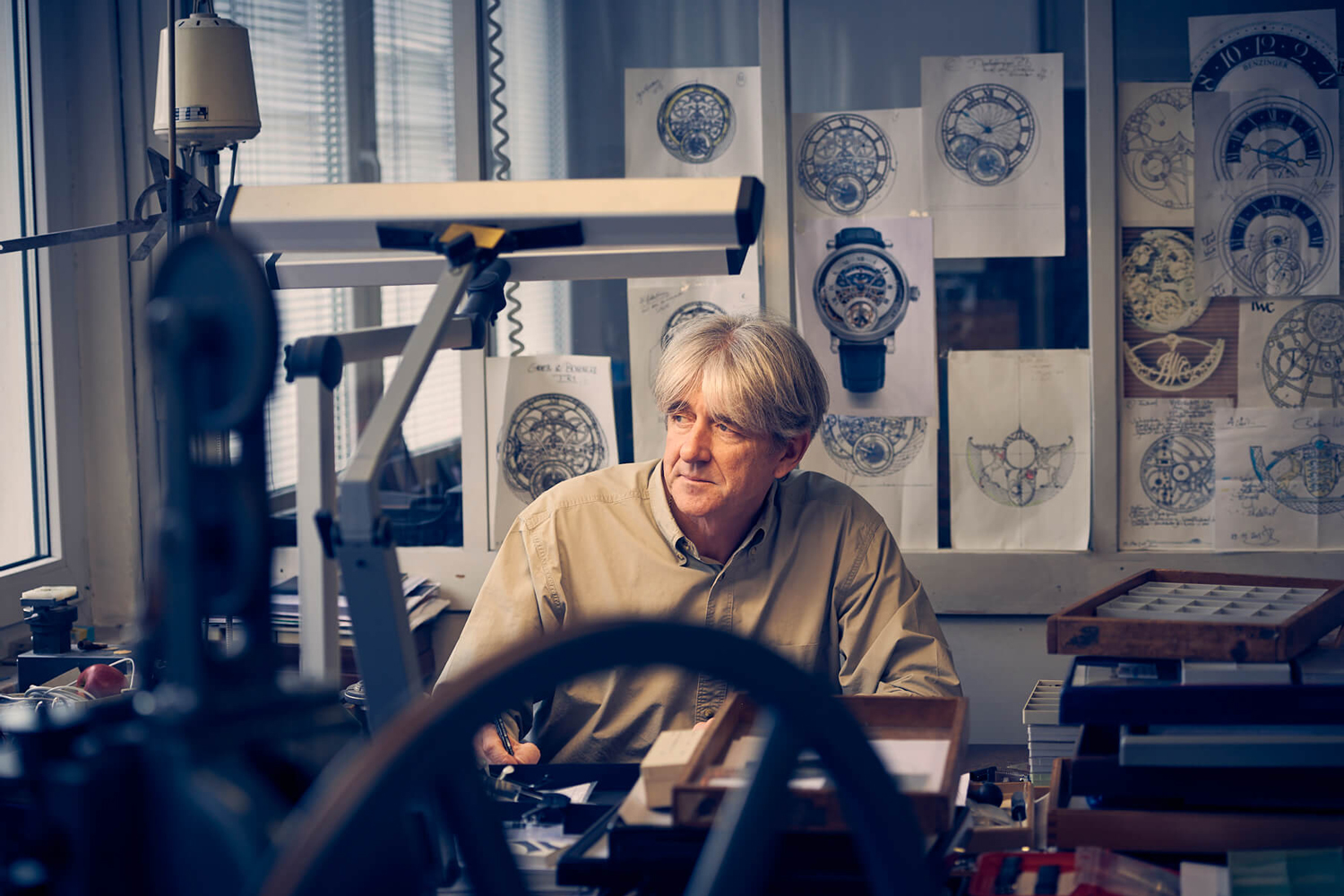
Jochen Benzinger
Benzinger makes around 100 unique watches each year using his truly made-by-hand techniques. He specializes in engine-turned engraving. Benzinger explains, “Engine turning actually is a specific technique of engraving. The difference: when the engine turns, it’s the workpiece that rotates; when engraving, it’s the engraver making the necessary movement. Unfortunately, this old craft no longer exists in Germany as a teaching profession since the 1960s. Gradually, it has been assigned to the job description of engravers and is only taught in a rudimentary way today — and just when a corresponding machine is available! This also has to do with the fact that, in the past, pieces of jewelry that are now simply out of fashion, often were guillochéd. In fact, this technique can today be found in the field of watches.”
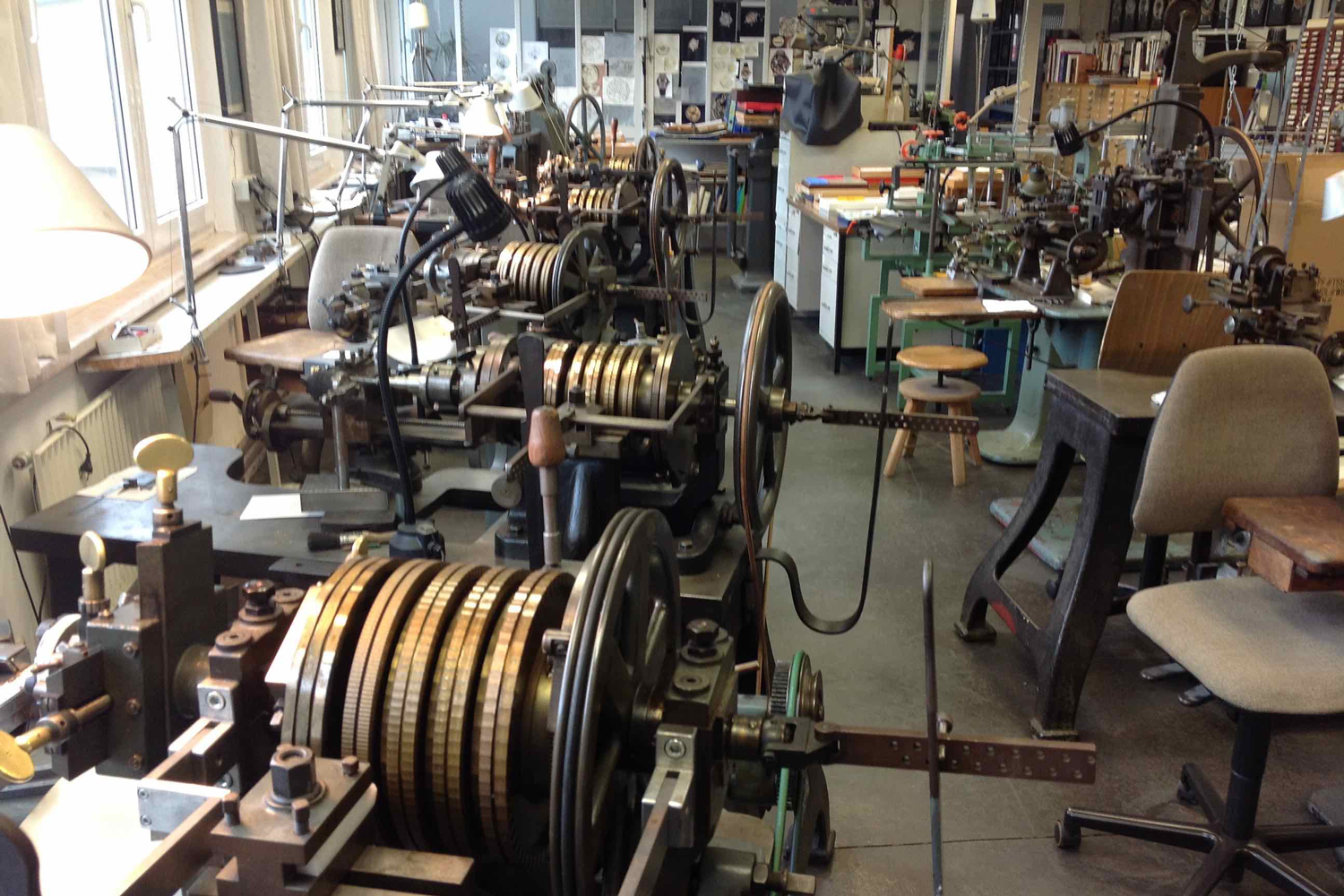
Benzinger makes around 100 unique watches each year using his truly made-by-hand techniques. He specializes in engine-turned engraving.
Benzinger’s Regulator models feature three swooping, overlapping dials of hand-skeletonized sterling silver to display the hour, minute and seconds hands in three different sectors. This creates a visually interesting dial that comes in a variety of colorways and finishes. The rear of the case reveals a stunning view of the hand-winding caliber based on the ETA 6498. The movement is heavily skeletonized and guillochéd by hand for an intricate design.
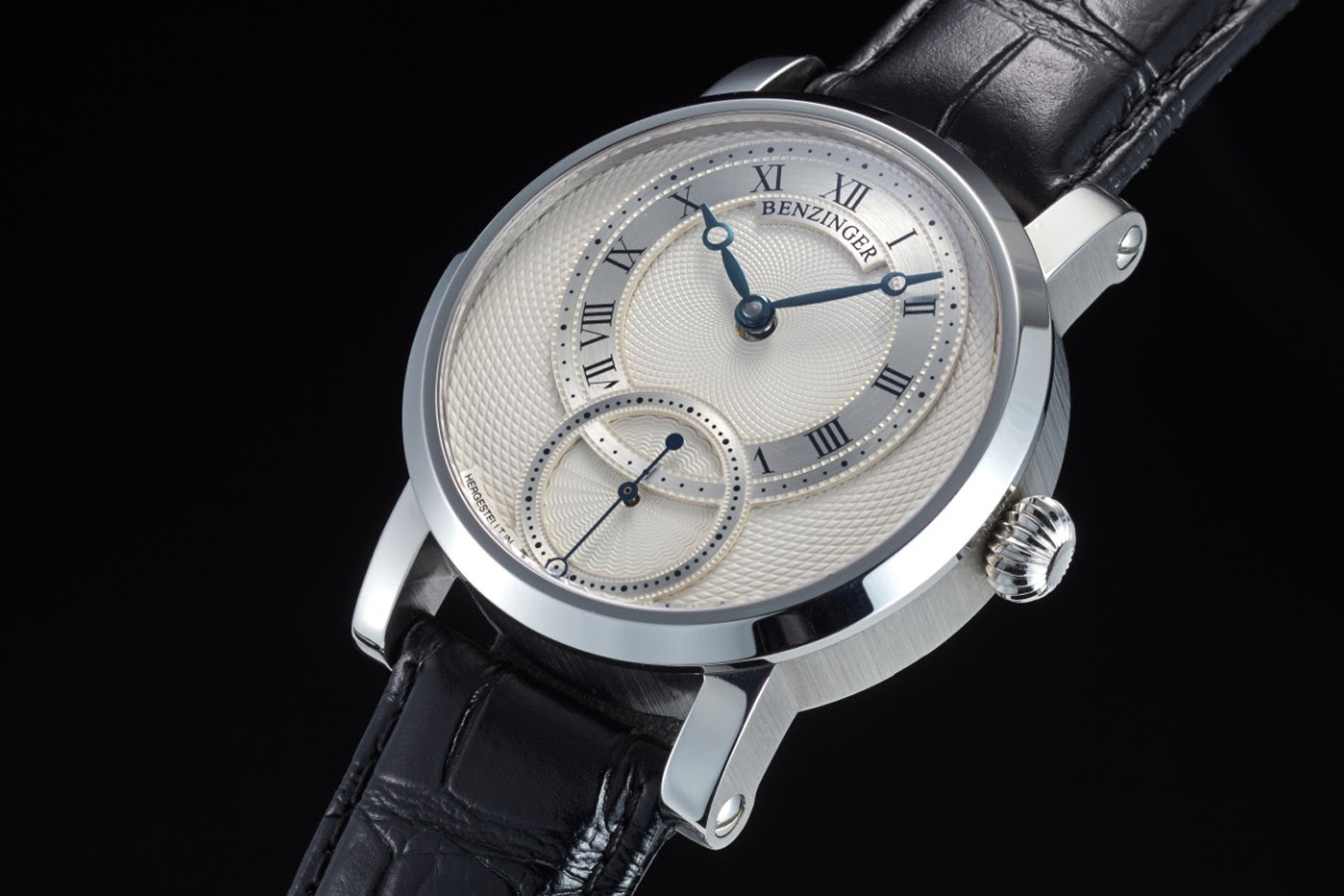
Benzinger’s Regulator models feature three swooping, overlapping dials of hand-skeletonized sterling silver to display the hour, minute and seconds hands in three different sectors.
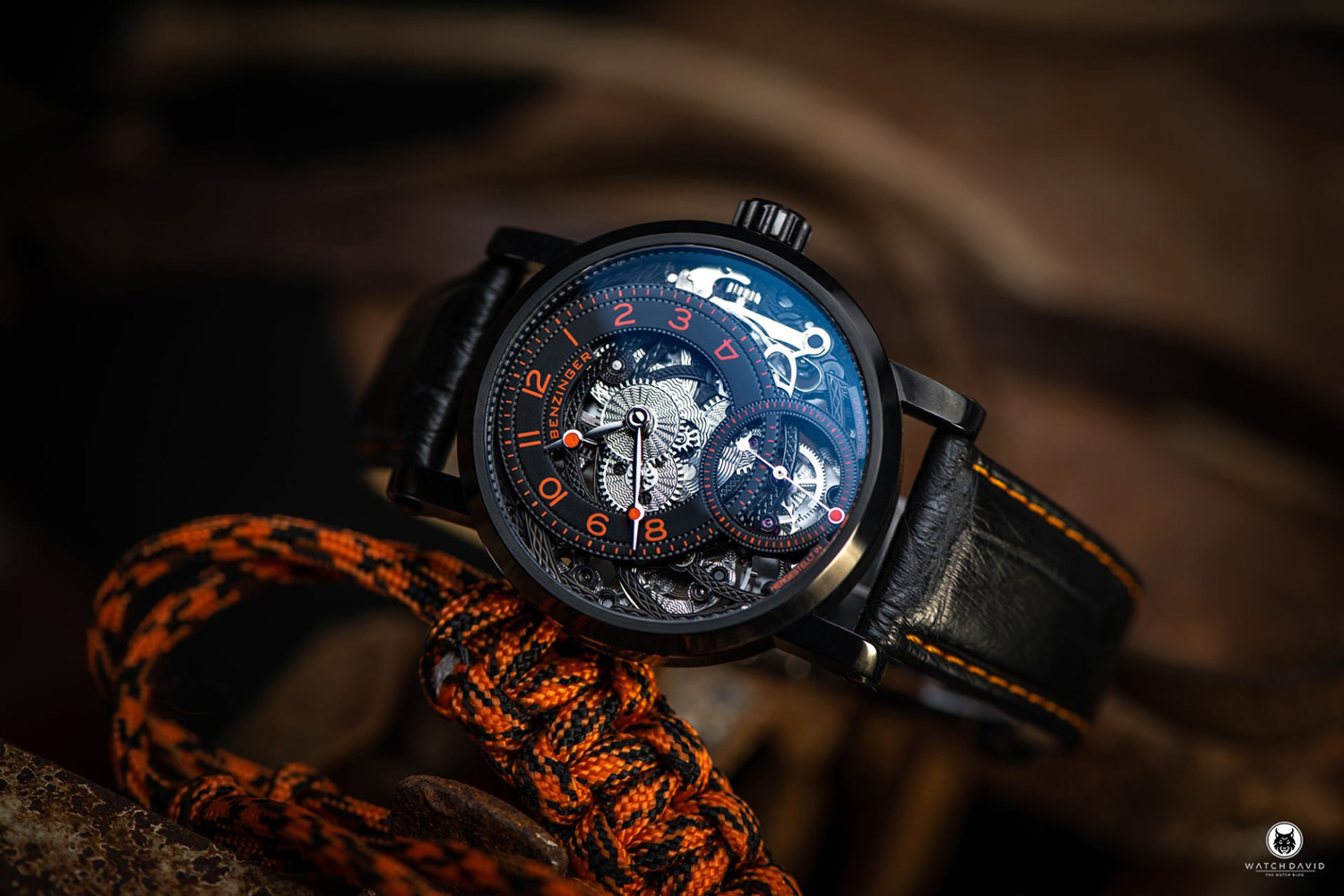
Benzinger Subscription Black Orange (Image: Watchdavid.de)
Marco Lang

Marco Lang
Over the past 18 years, Marco has developed and constructed nine different movements and a collection of eight watch models and their variants. However, in 2019, Marco made the decision to pivot back to his first passion and love of haute horlogerie, rather than be a brand evangelist and travel constantly. He left Lang & Heyne to start a new atelier under his own name and worked meticulously to create his first watch, Zweigesicht-1. As the name indicates (it literally translates to “two face”), the timepiece is a duo-face concept, giving the wearer the choice to display the traditional dial or the movement and time display with a simple change of the strap attachment.
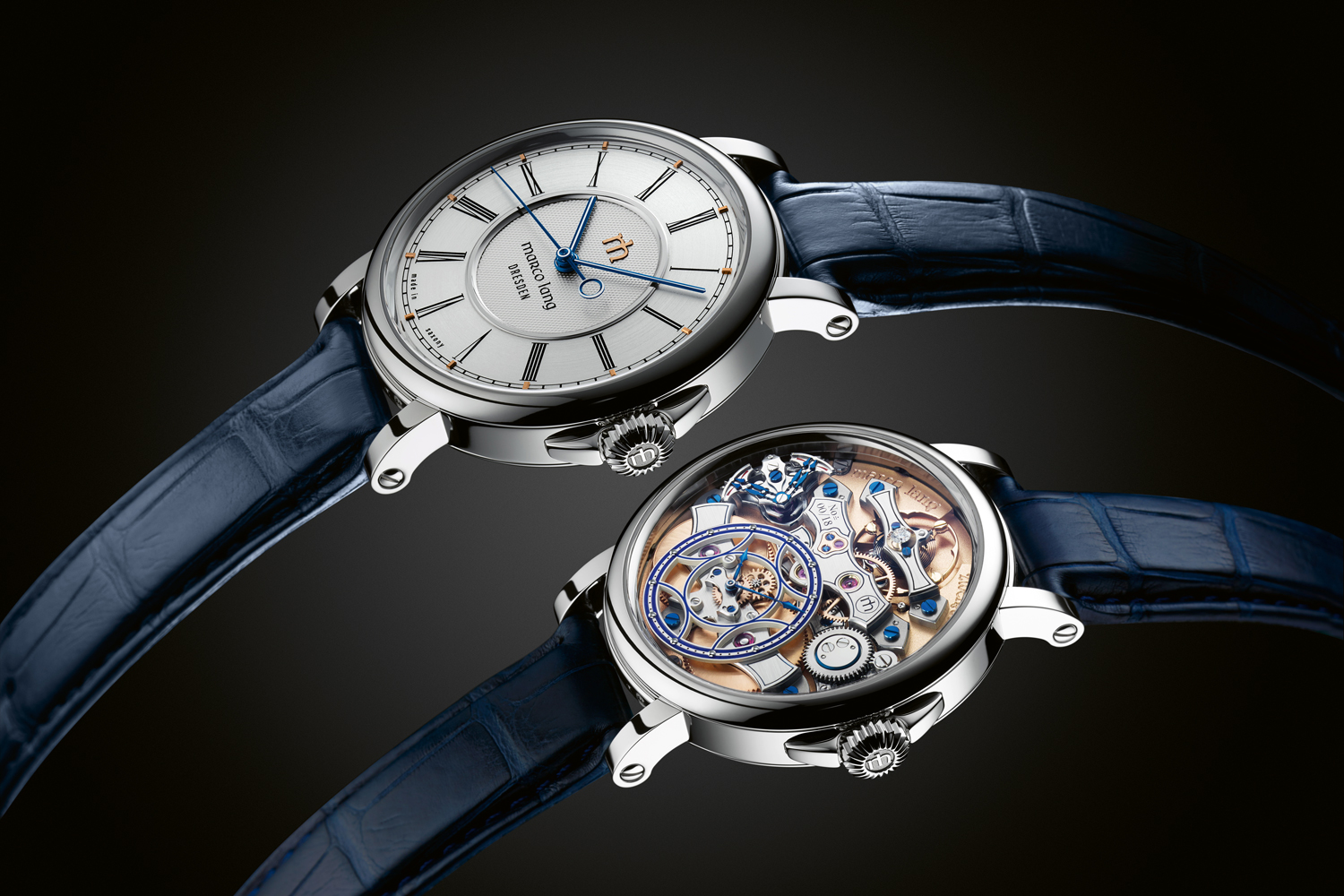
The Zweigesicht-1 allows the exquisitely finished movement to be turned around via removable lugs and reversible strap.
The second dial is quite a different story. Usually, the skeletonized movement is relegated to the rear of the case, keeping the intricate and ornate beauty of the mechanicals as a hidden treasure for the wearer. The Zweigesicht-1 allows the exquisitely finished movement to be turned around via removable lugs and reversible strap. A second timekeeping dial has been integrated on top of the mechanicals with an openworked solid silver dial filled with blue grand feu enamel and blued steel cathedral hands. Here is where Lang’s incredible skill shines, with every handmade piece finished with deliberate attention to detail. The movement is an impressive piece of haute horlogerie with a thoughtful colorway of gold, blued steel and silver.
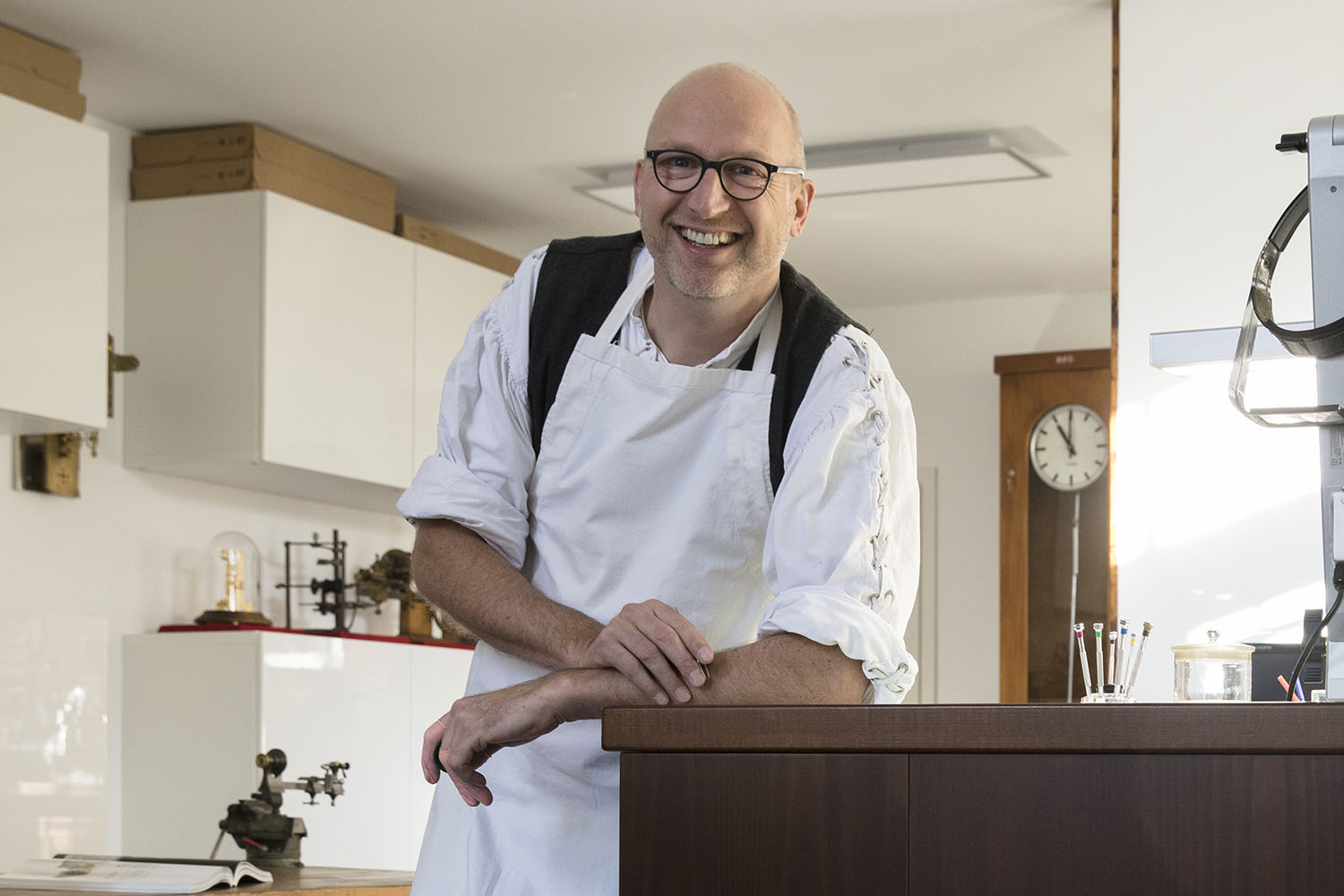
Over the past 18 years, Marco has developed and constructed nine different movements and a collection of eight watch models and their variants.
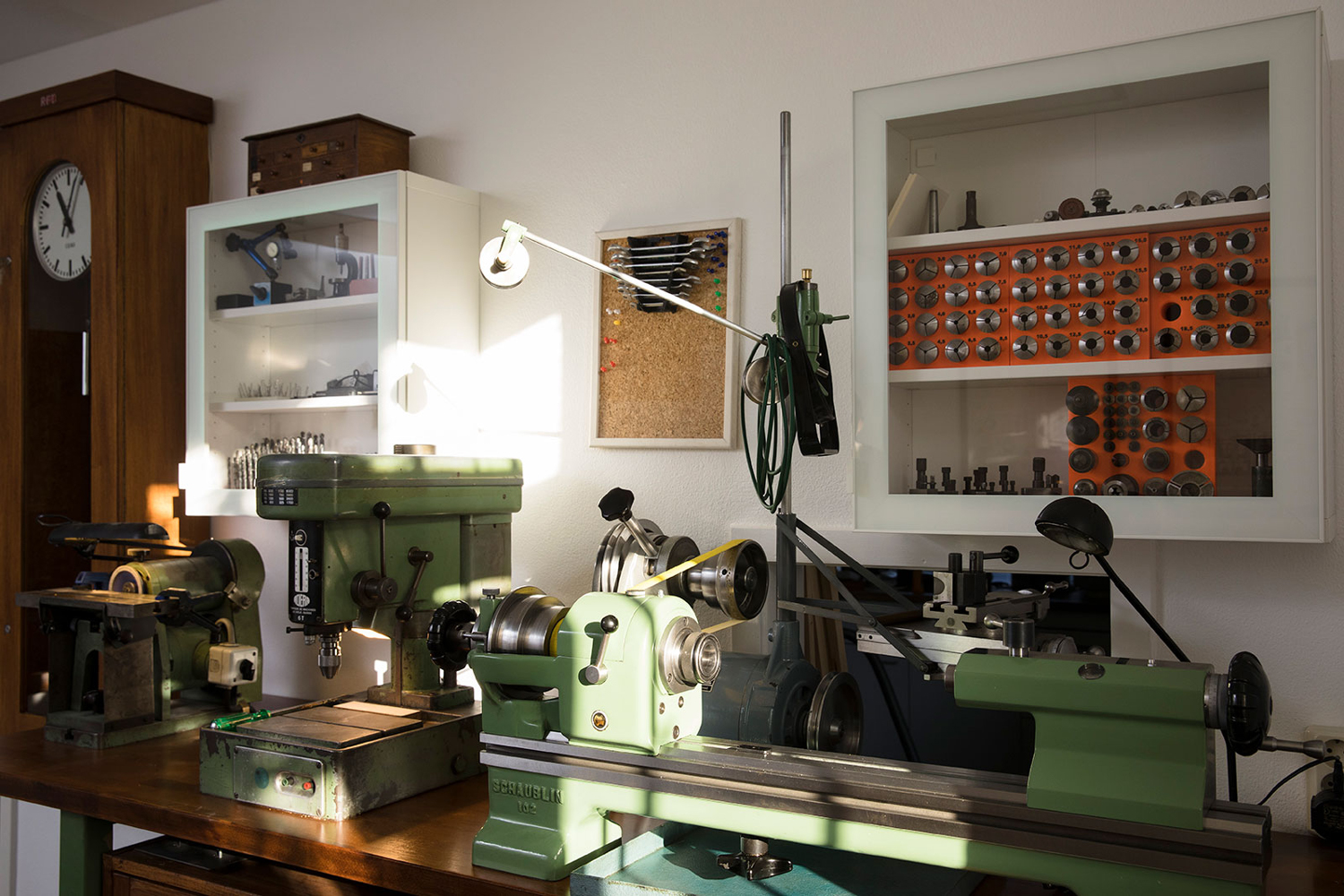
Marco’s workshop in Dresden
Stefan Kudoke
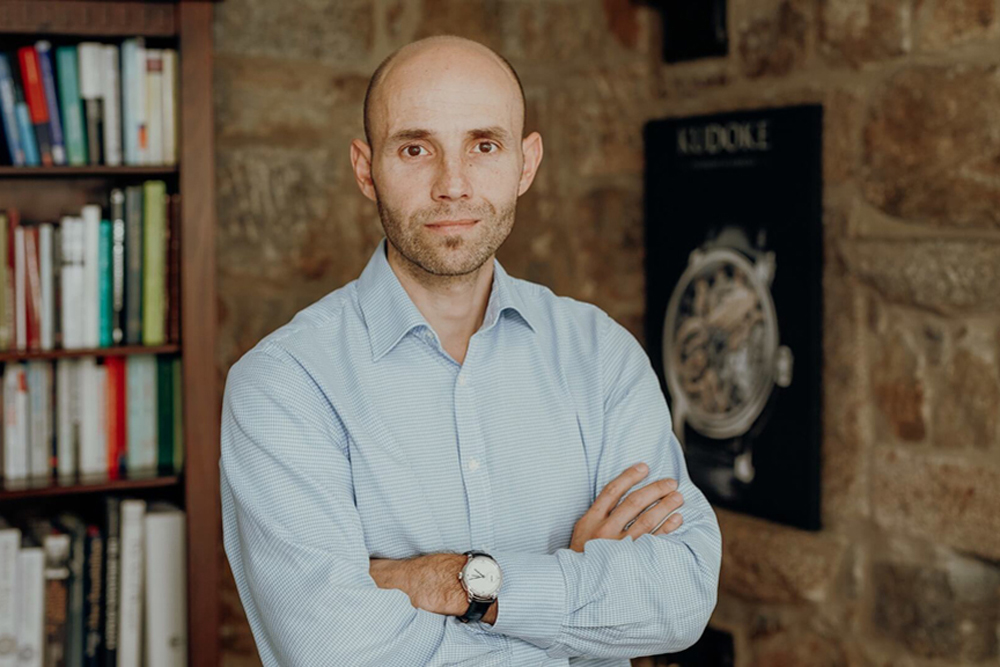
In 2019, Stefan went outside his comfort zone of skeletonized watches to showcase two watches with simple, eloquent dials, each with a brilliantly constructed movement inspired by English pocket watches. That year, he became the first independent watchmaker from Germany to be awarded the Grand Prix d’Horlogerie de Genève (otherwise known as the Oscars of watchmaking), in the Petite Aiguille category for the Kudoke 2 watch. Winning the award brought them instant recognition within the watch community. When I visited Stefan and Ev Kudoke in late 2019, they had just welcomed their first watchmaker to help Stefan with the fast-growing order book. In 2020, at the height of the pandemic, they hired a second watchmaker, a young mother from their neighborhood, to help keep up with the demand.
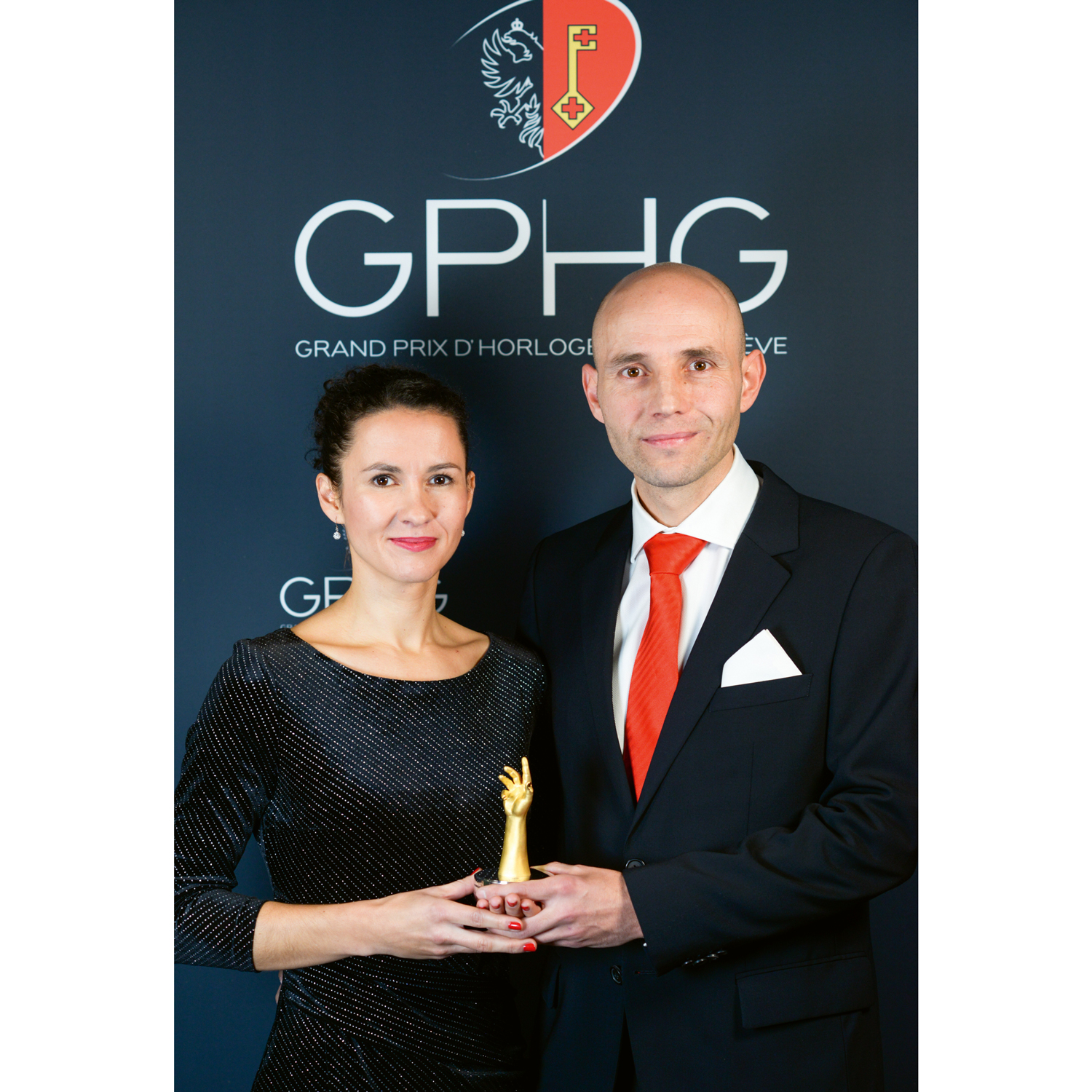
In 2019, Stefan Kudoke became the first independent watchmaker from Germany to be awarded the Grand Prix d’Horlogerie de Genève, in the Petite Aiguille category for the Kudoke 2 watch.
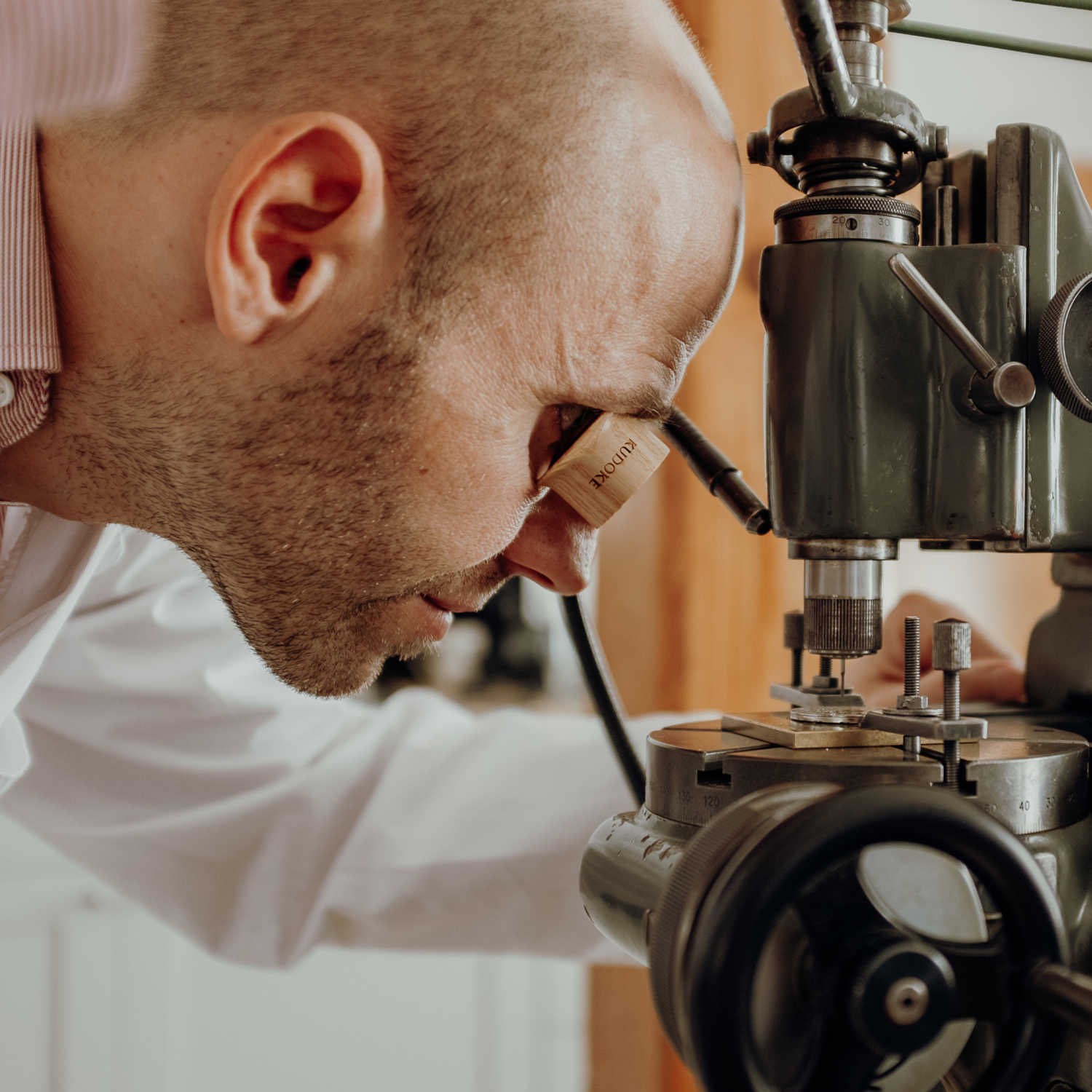
Kudoke began his career with Glashütte Original and then honed his prowess for mechanicals by servicing prestige brands like Breguet, Blancpain and Omega in a service center in New York.
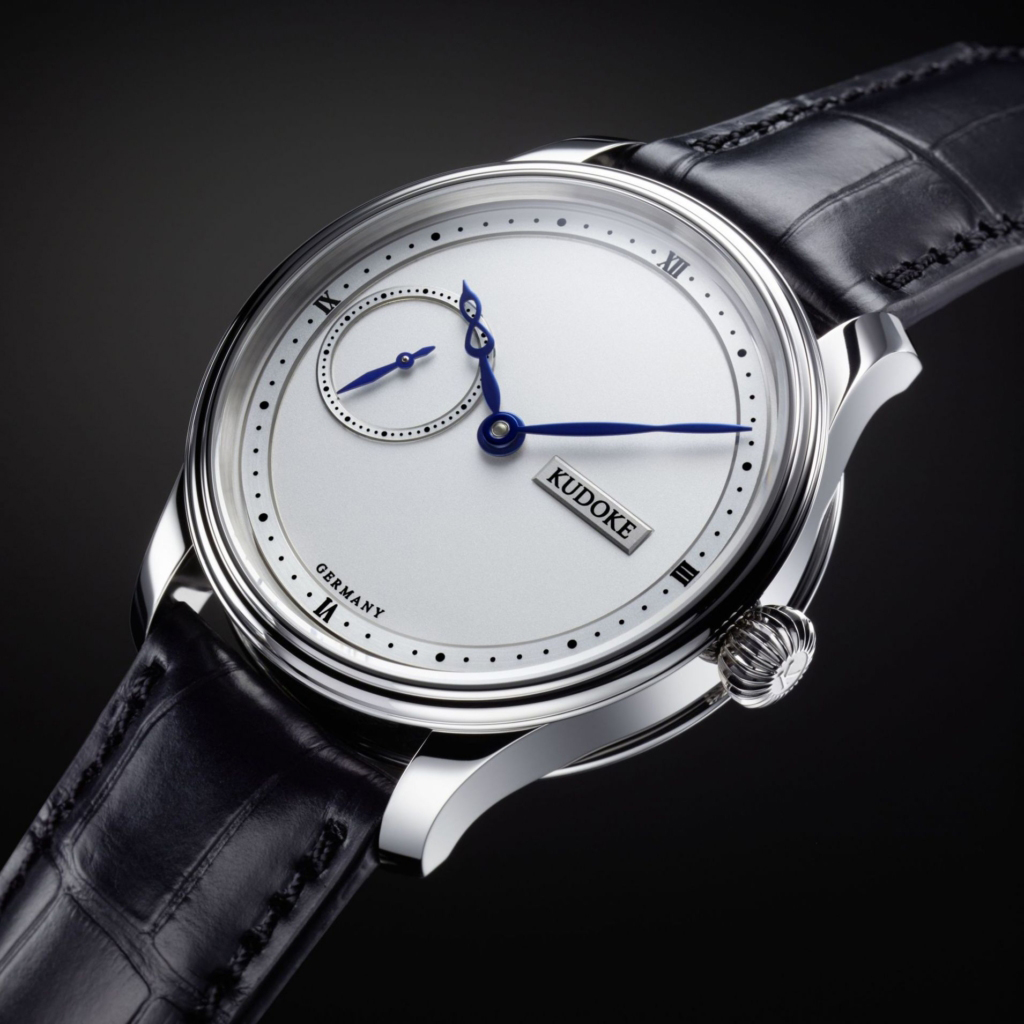
The Kudoke 1 dial is a frosted white two-layer design with Roman numerals and dots in a clean outer chapter and elegant blued steel hands with the infinity sign worked into the shape.
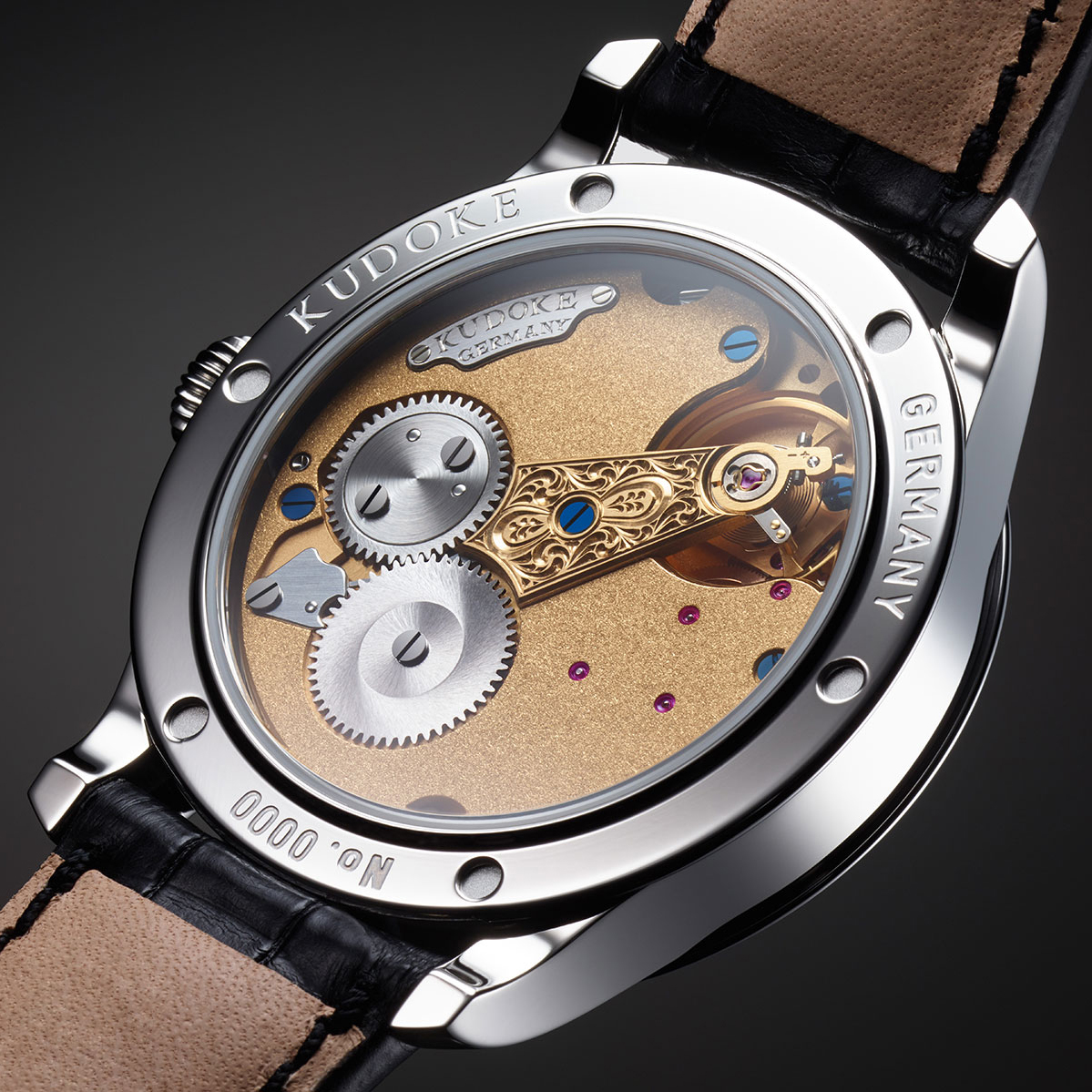
The Kaliber 1 movement features a hand engraved balance cock that reveals an infinity sign.
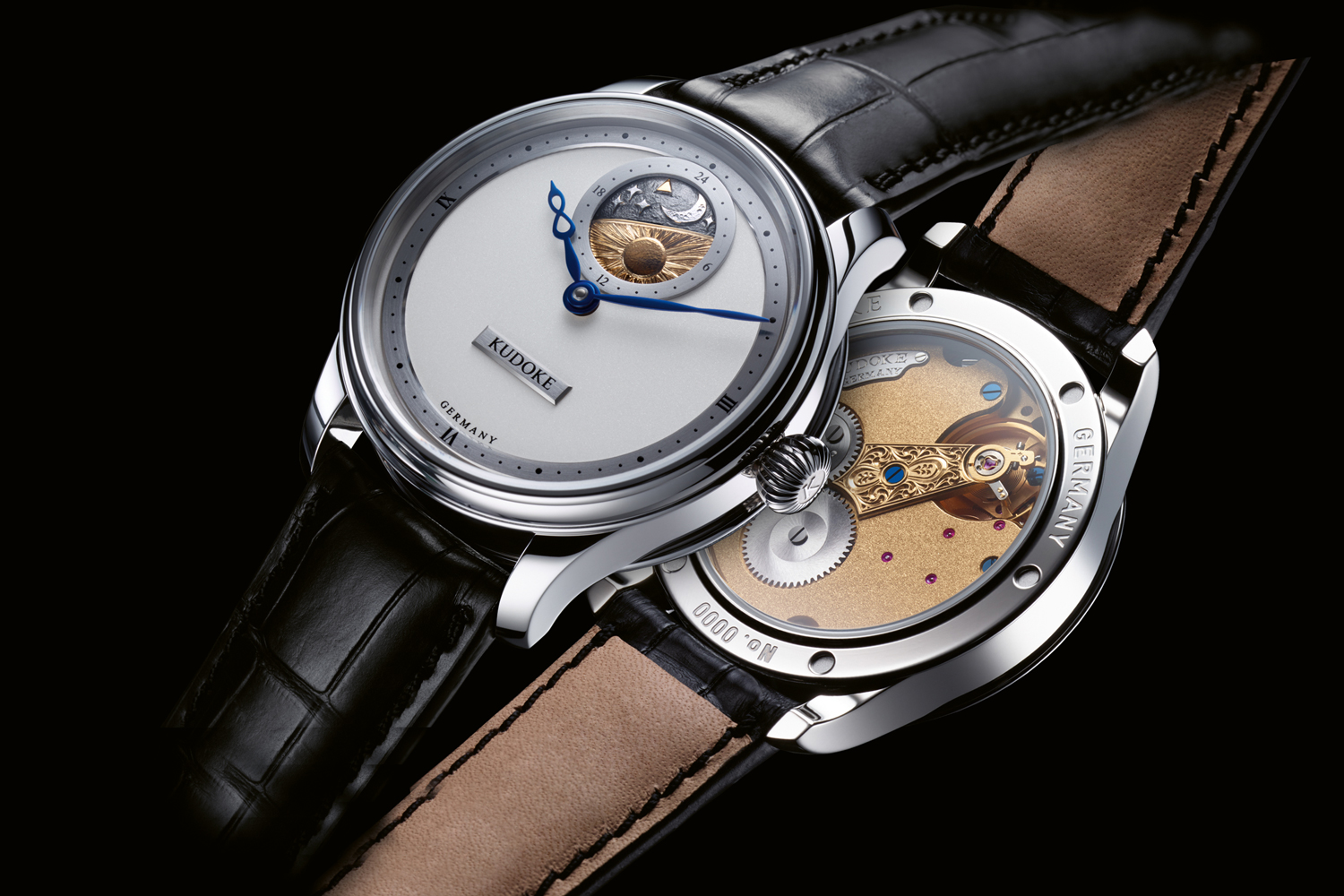
The Kudoke 2 updates the Kaliber 1 movement by replacing the small seconds with a unique and beautiful 24-hour indication: a rotating domed sky disk hand engraved with a golden sun and silver moon and stars design.
Ev Kudoke emphasizes the involvement of their client: “Kudoke is a unique piece developed in a creative process between the watchmaker and the client, so that every timepiece is an individual entity with the tastes, preferences and style of the customer at its heart.”
D. Dornblüth & Sohn
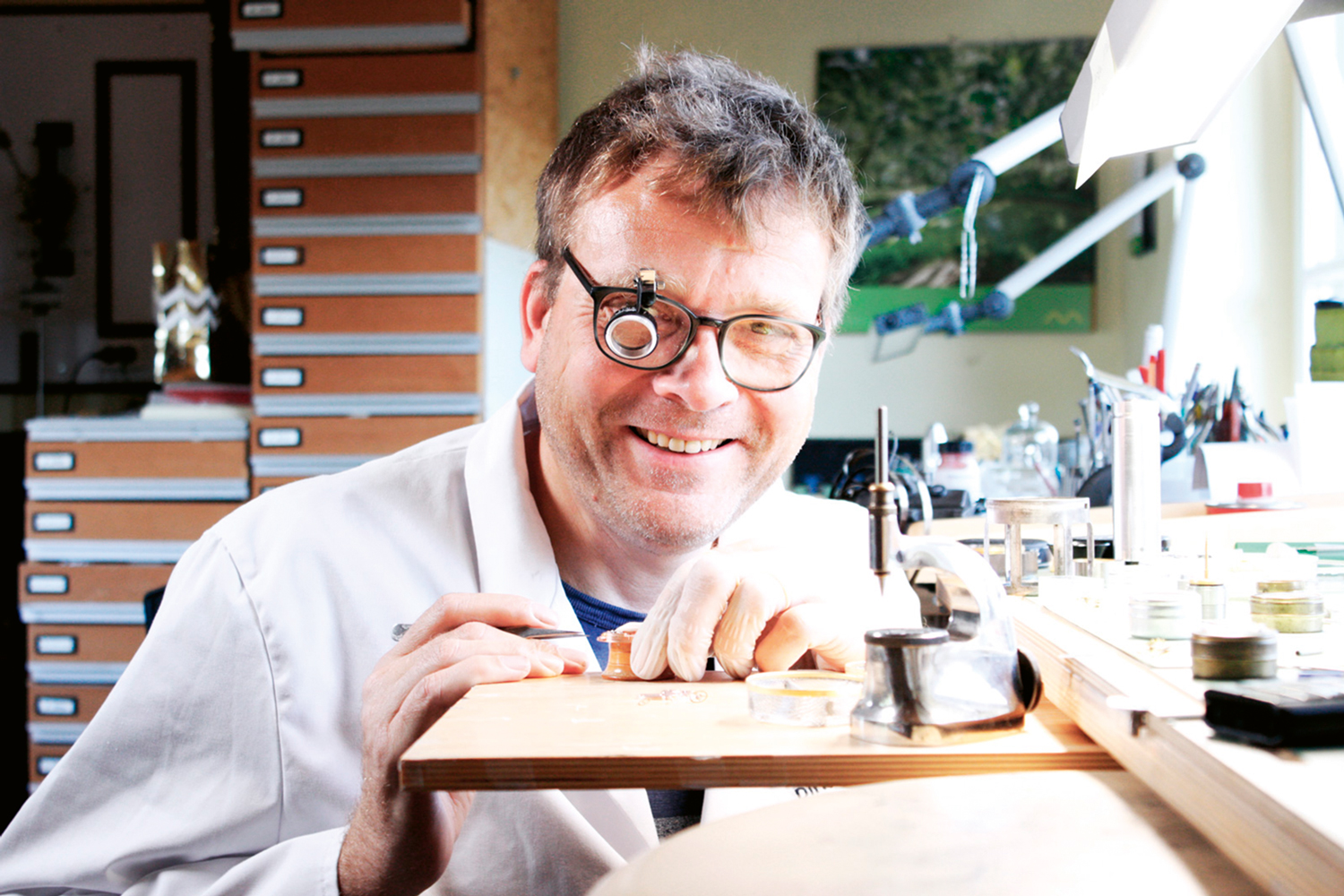
D. Dornblüth & Sohn
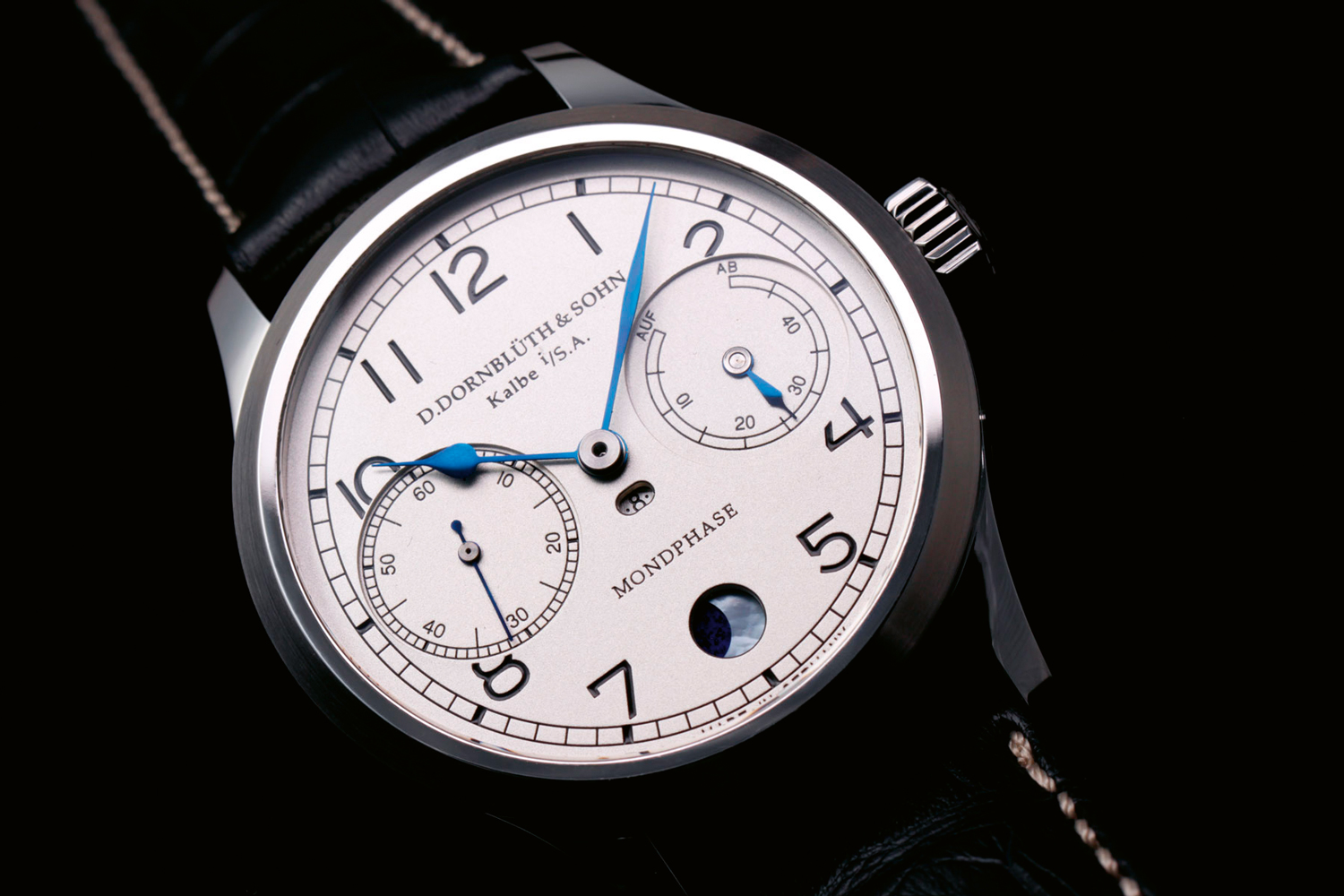
The Dornblüth & Sohn 99.6-M Mondphase
The outcome of having the work done in the workshop is their ability to create a highly customized watch for each customer. Their work with ceramic dials has earned a stellar reputation for their meticulous hand milling processes, the engraving and polishing work that is accomplished without a computerized machine in sight, and their ability to deliver ceramic dials in almost any color with a high color stability.
Dials are usually printed using a tampon or stamping process known as pad printing, whereby the dial’s markings are stamped by a hand-driven machine, resulting in a flat finish. In contrast, Dornblüth makes engraved dials that are hand-milled with a special cutting machine to create deeper, more defined impressions before they are finished and painted by hand.
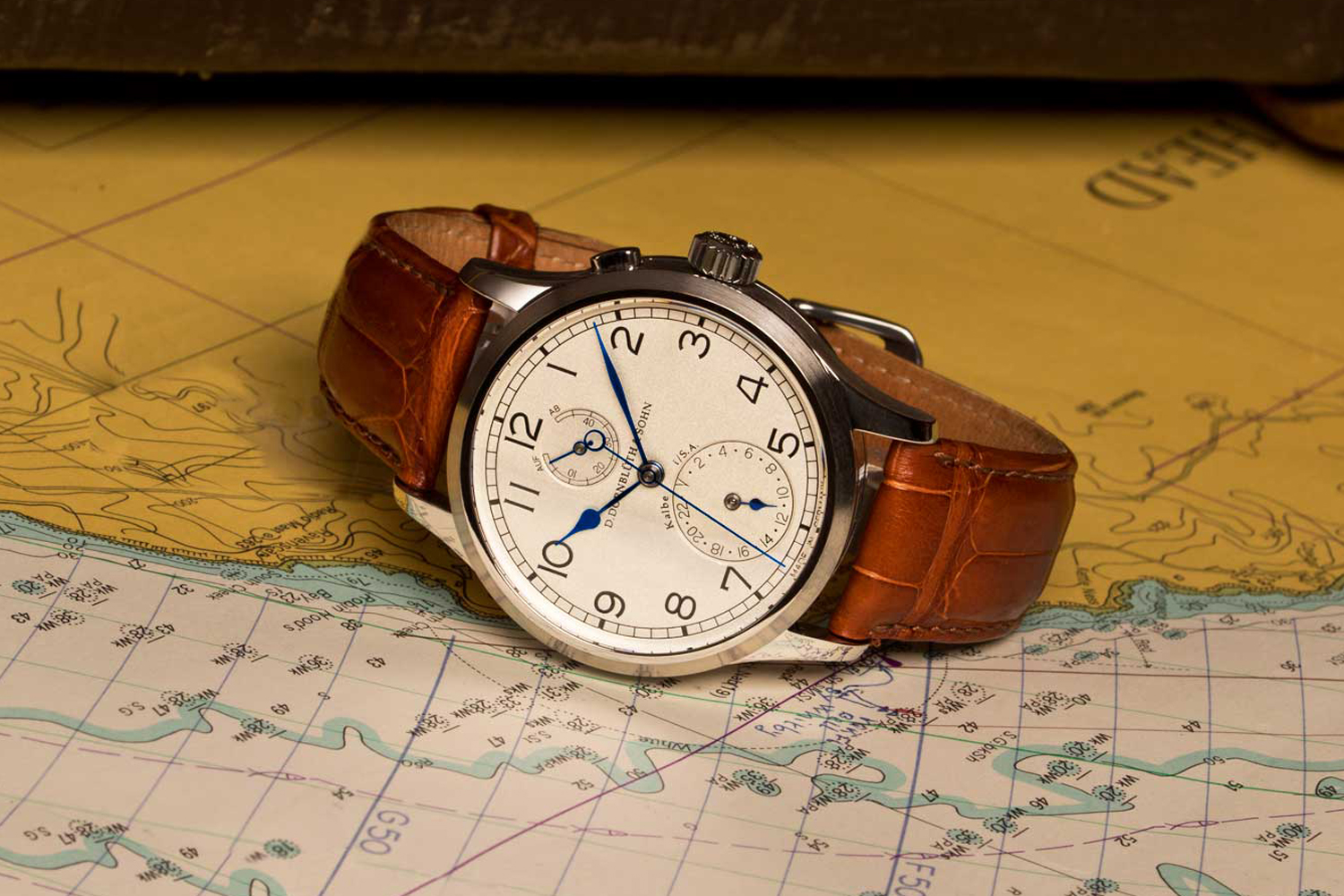
Approximately 80 percent of the parts used to complete a Dornblüth timepiece are made in their workshop.
A masterwork of painstaking hand assembly and attention to horological detail, the Dornblüth timepiece brandishes an old world charm that will pass its way through generations to come.





